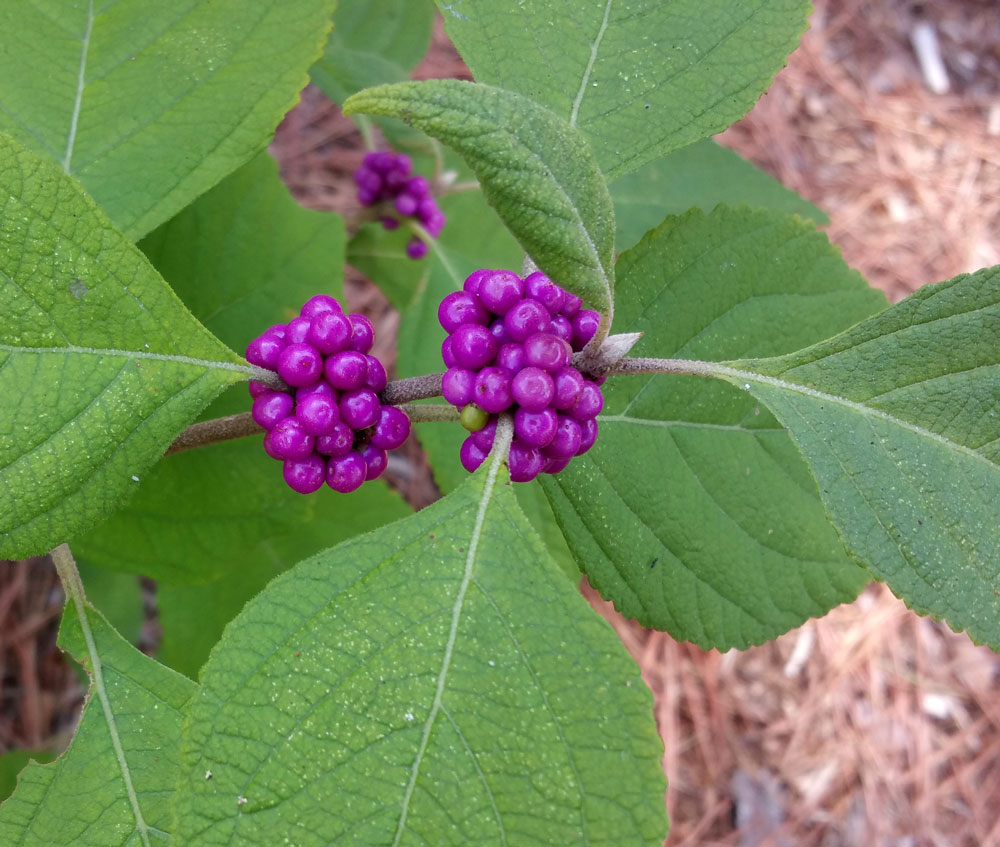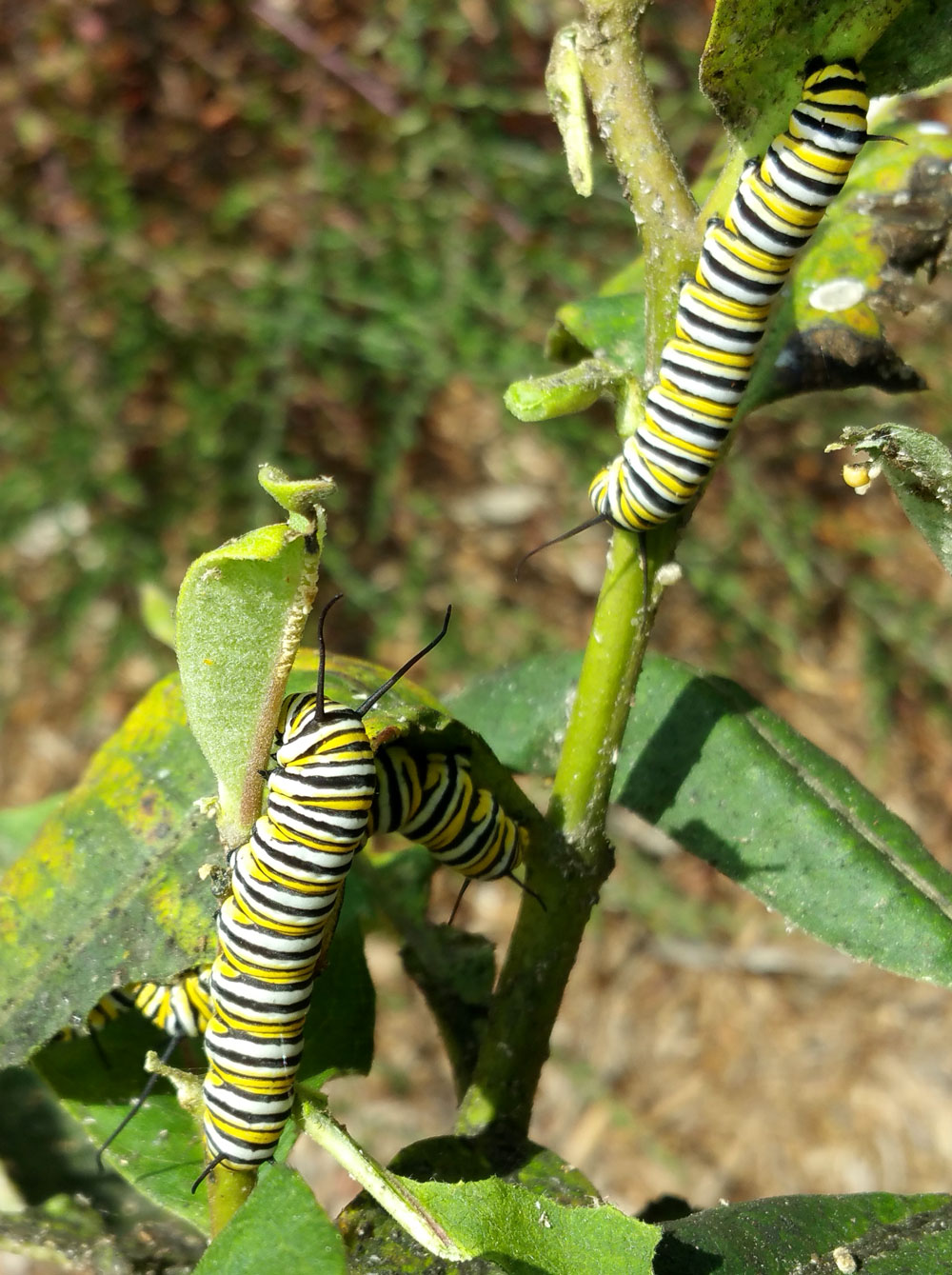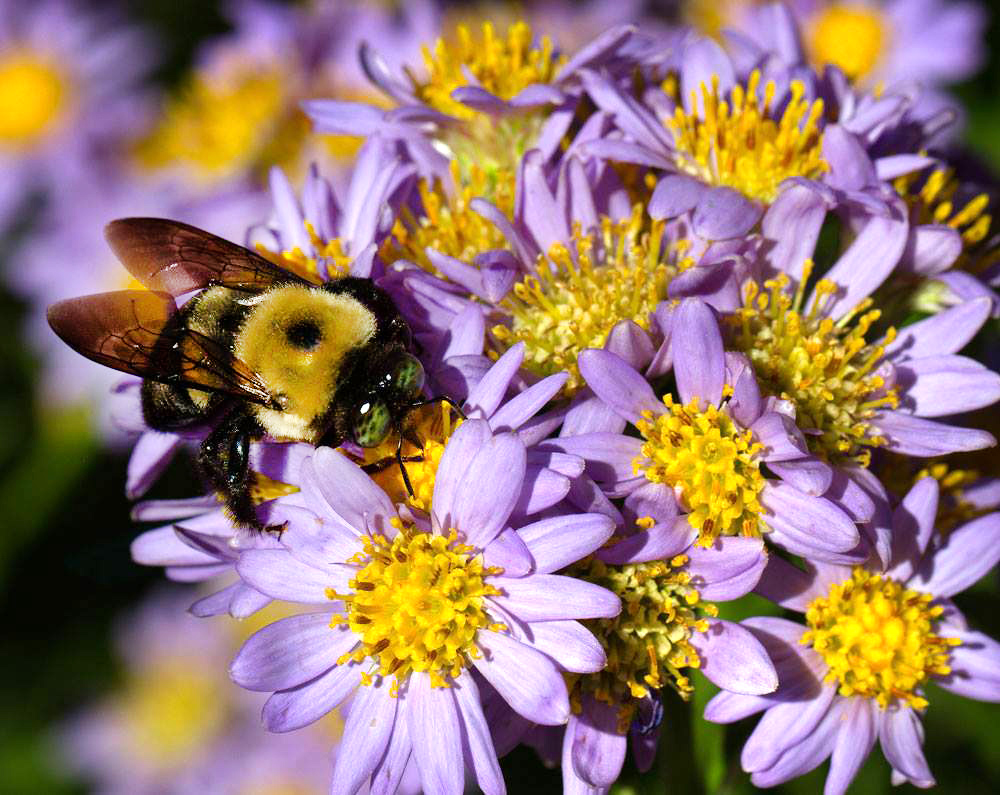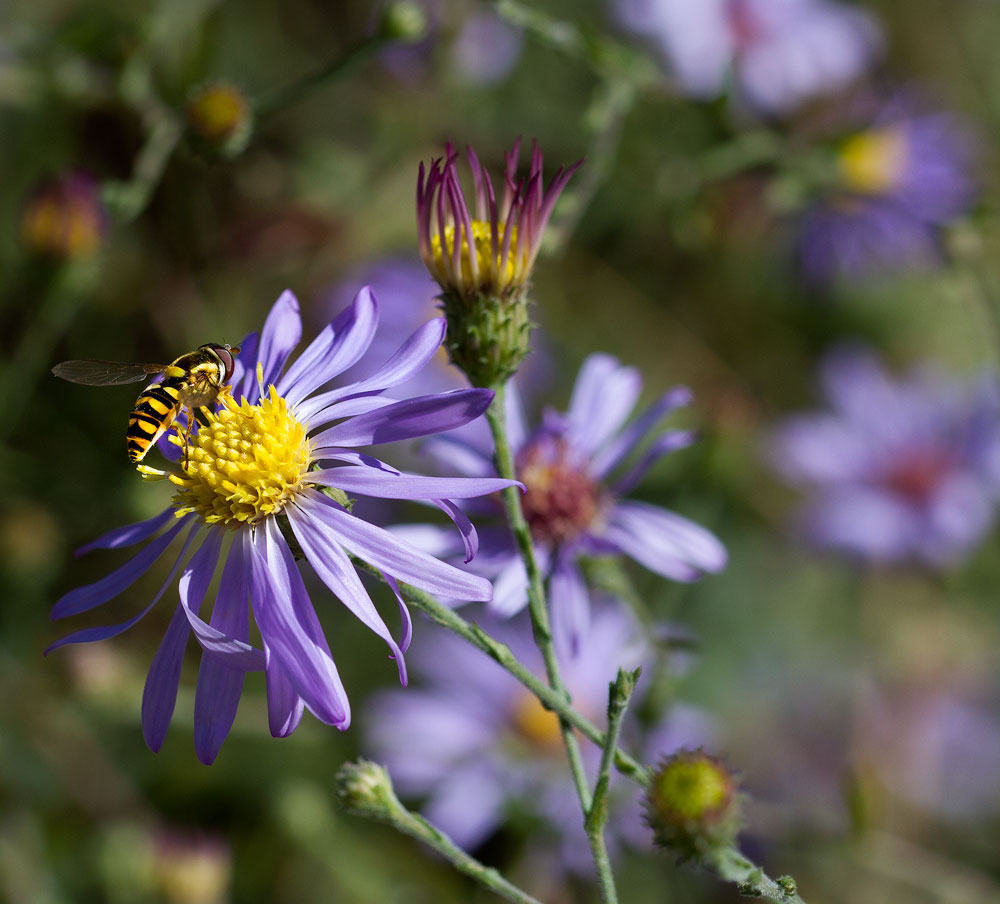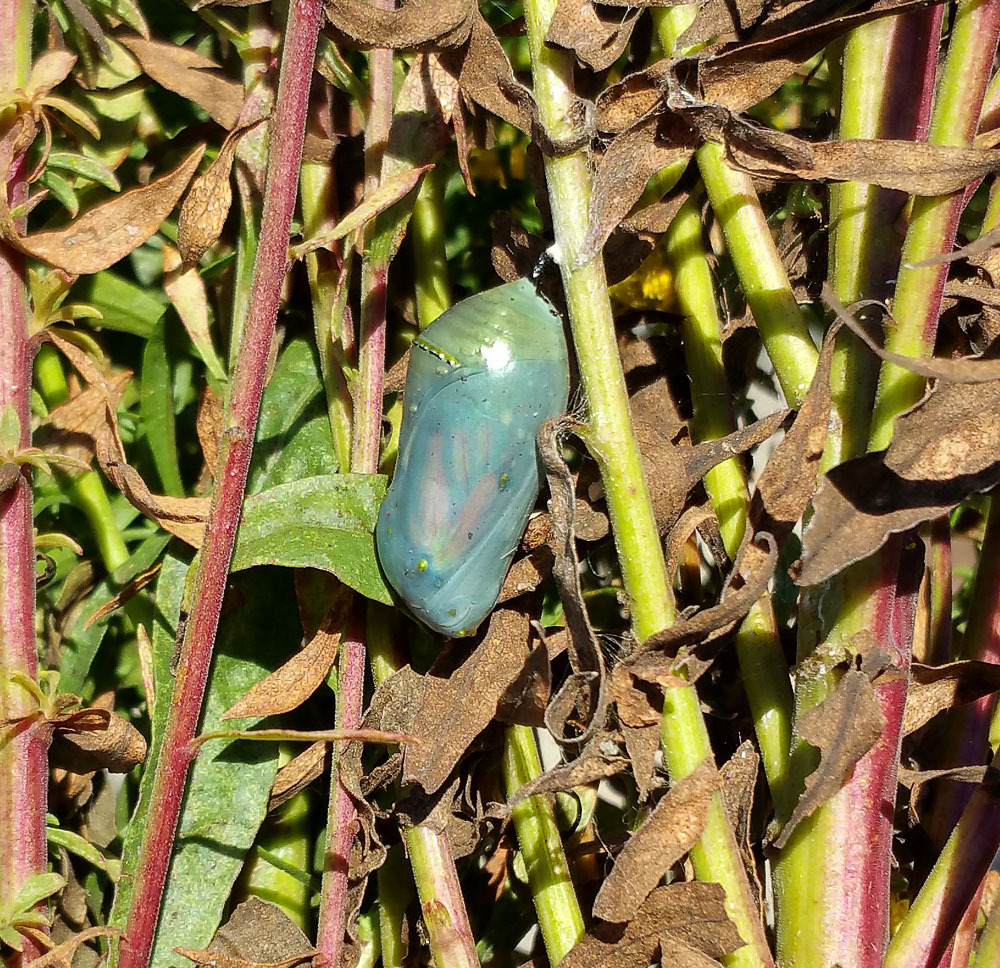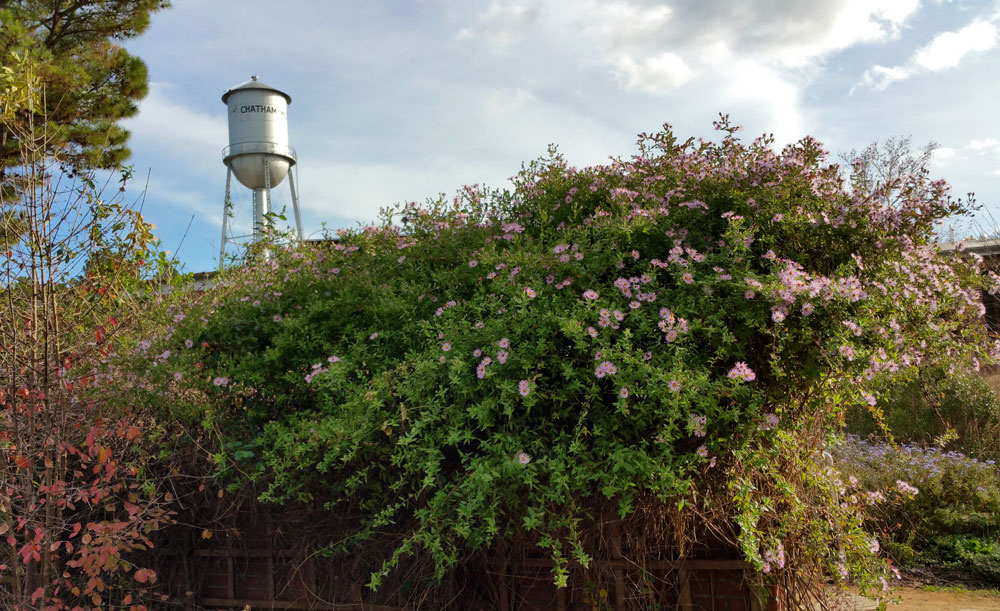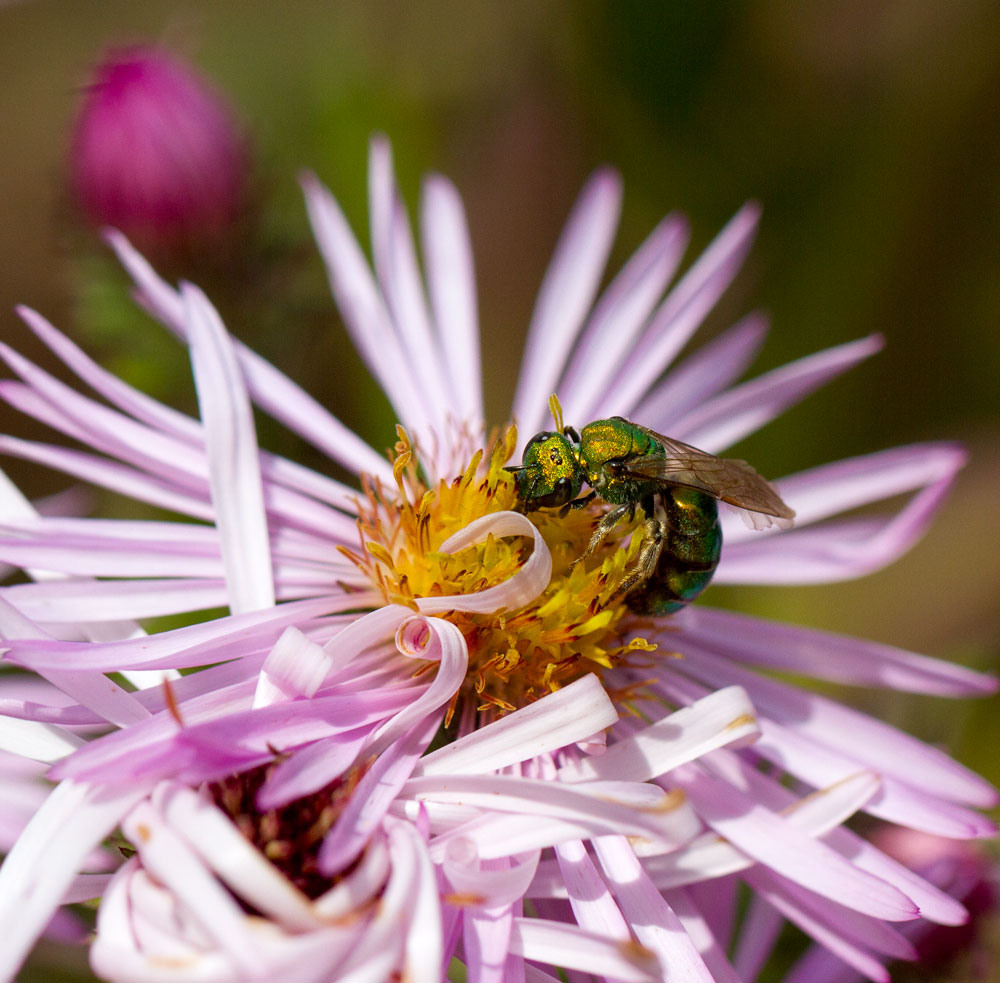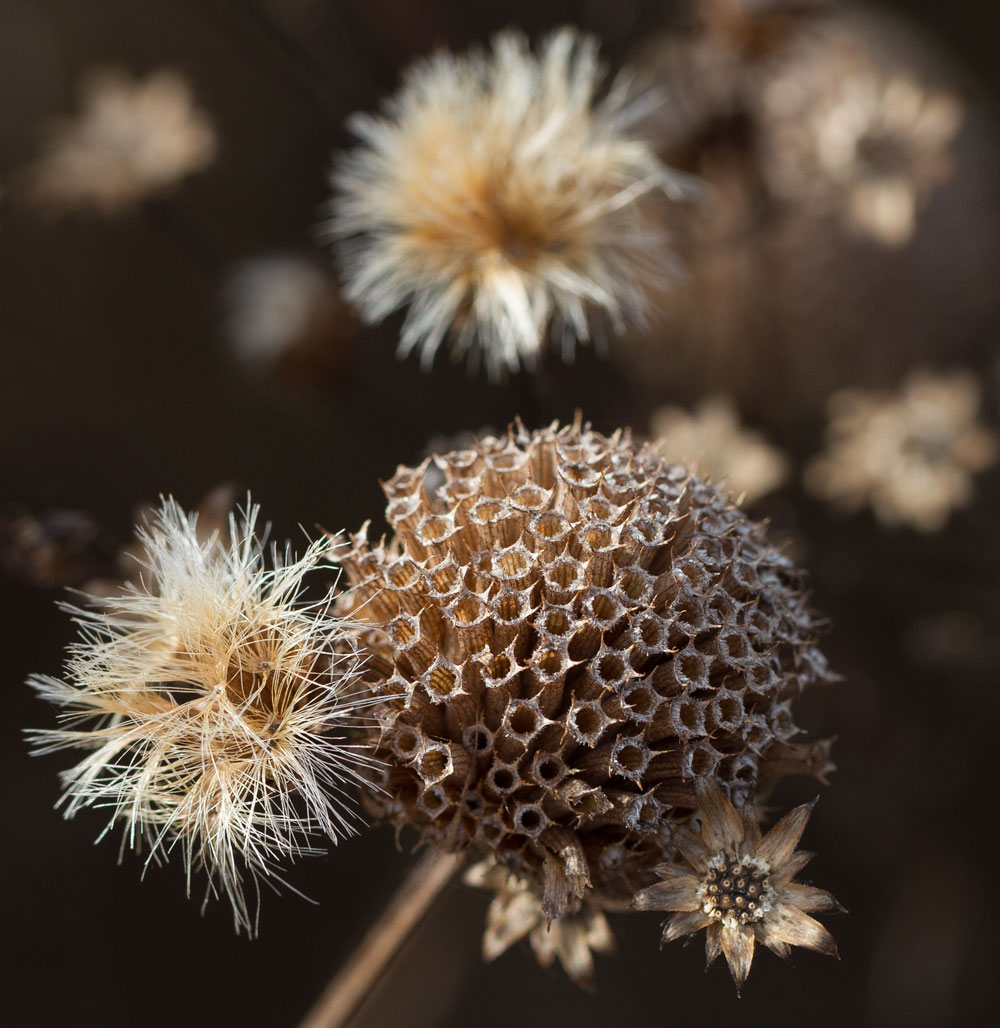Fall in the Pollinator Garden
go.ncsu.edu/readext?385280
en Español / em Português
El inglés es el idioma de control de esta página. En la medida en que haya algún conflicto entre la traducción al inglés y la traducción, el inglés prevalece.
Al hacer clic en el enlace de traducción se activa un servicio de traducción gratuito para convertir la página al español. Al igual que con cualquier traducción por Internet, la conversión no es sensible al contexto y puede que no traduzca el texto en su significado original. NC State Extension no garantiza la exactitud del texto traducido. Por favor, tenga en cuenta que algunas aplicaciones y/o servicios pueden no funcionar como se espera cuando se traducen.
Português
Inglês é o idioma de controle desta página. Na medida que haja algum conflito entre o texto original em Inglês e a tradução, o Inglês prevalece.
Ao clicar no link de tradução, um serviço gratuito de tradução será ativado para converter a página para o Português. Como em qualquer tradução pela internet, a conversão não é sensivel ao contexto e pode não ocorrer a tradução para o significado orginal. O serviço de Extensão da Carolina do Norte (NC State Extension) não garante a exatidão do texto traduzido. Por favor, observe que algumas funções ou serviços podem não funcionar como esperado após a tradução.
English
English is the controlling language of this page. To the extent there is any conflict between the English text and the translation, English controls.
Clicking on the translation link activates a free translation service to convert the page to Spanish. As with any Internet translation, the conversion is not context-sensitive and may not translate the text to its original meaning. NC State Extension does not guarantee the accuracy of the translated text. Please note that some applications and/or services may not function as expected when translated.
Collapse ▲Photos by Debbie Roos, Chatham County Cooperative Extension
In late 2008, I planted a demonstration pollinator garden at Chatham Mills to provide forage habitat for pollinators such as honey bees, native bees, butterflies, flower flies, hummingbirds, beetles, and other beneficial insects. The garden features over 178 unique species of perennials, 85% of which are native to North Carolina. The garden is a great teaching tool that I use to conduct workshops and tours for hundreds of folks each year. It has taught me so much and I enjoy sharing this knowledge with others.
A good pollinator garden provides forage from early spring through late fall. Below you can see photos of plants that were in bloom from early September through late November. On the last day of November there are still 15 species in bloom! Take a look below to see who has been visiting these late bloomers. I also love fall for the beautiful textures of the flower seed heads that help nourish our songbirds and other wildlife.
For more photos, see The Amazing Diversity of Critters in the Pollinator Garden.
For more information:
Pollinator Paradise Garden website
Slide Show of Pollinator Garden: Take a Virtual Tour!
What’s in Bloom in the Pollinator Garden – updated bi-weekly!
List of Plants in the Pollinator Garden
Top 25 Native Pollinator Plants for North Carolina

Soldier beetles enjoying the smooth aster (Symphyotrichum laeve ‘Bluebird) and perennial geraniums in late September.
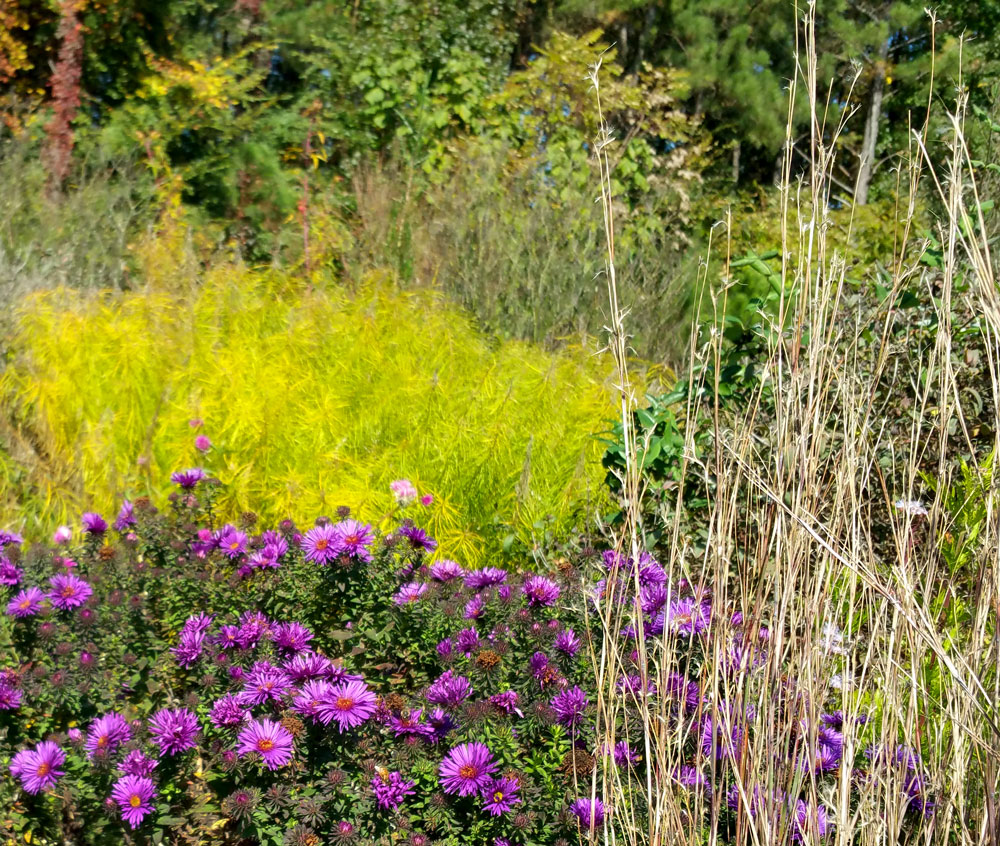
The New England aster (Symphyotrichum novae-angliae ‘Purple Dome’) looks gorgeous in front of Arkansas bluestar (Amsonia hubrichtii) displaying its golden yellow fall color in late October.
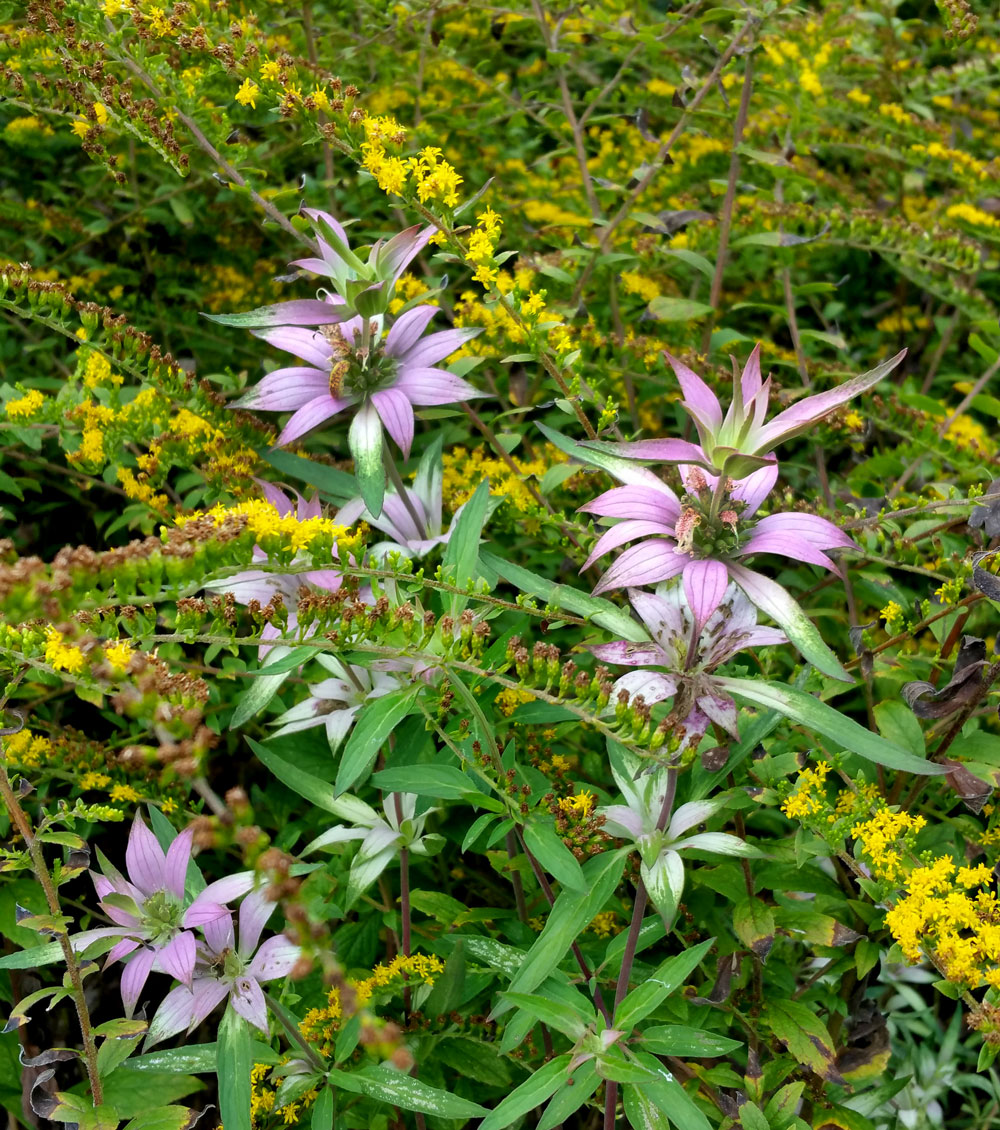
Spotted horsemint (Monarda punctata) and rough-leaf goldenrod (Solidago rugosa ‘Fireworks’) in late October.
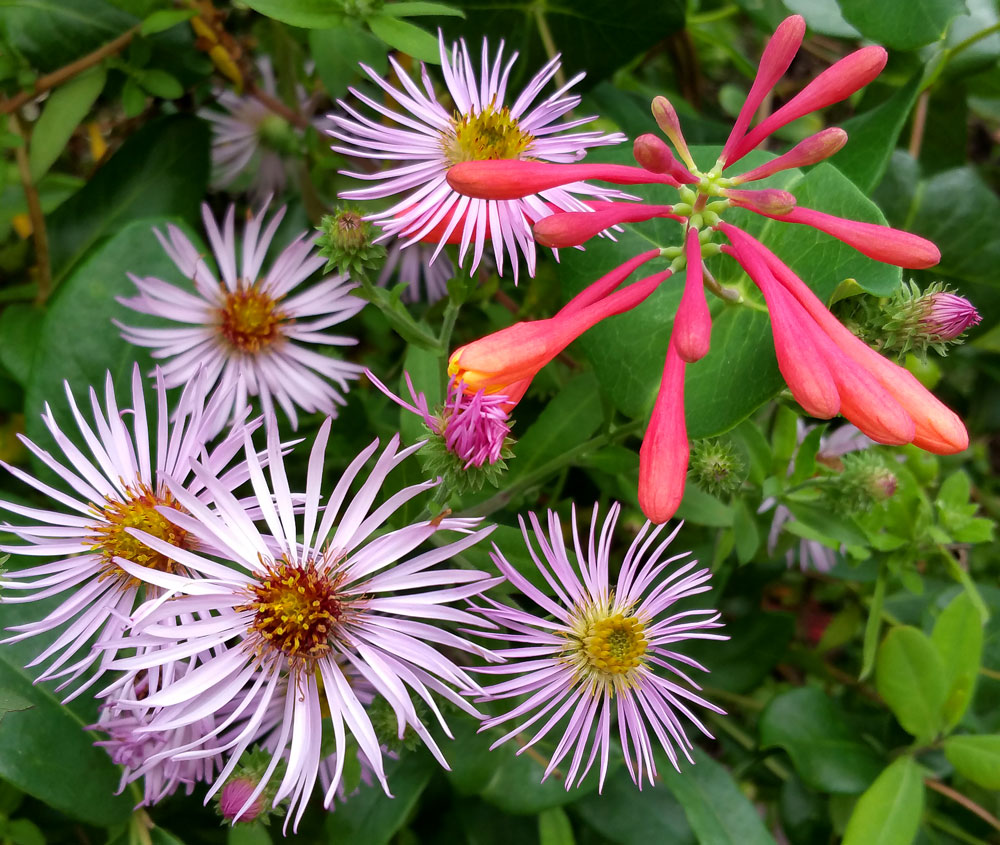
Sweet combo of native climbing aster (Ampelaster carolinianus) and coral honeysuckle (Lonicera sempervirens) in mid-November.

Syrphid fly on narrowleaf silkgrass (Pityopsis graminifolia) in late November. Ths silkgrass has been blooming for over two months!
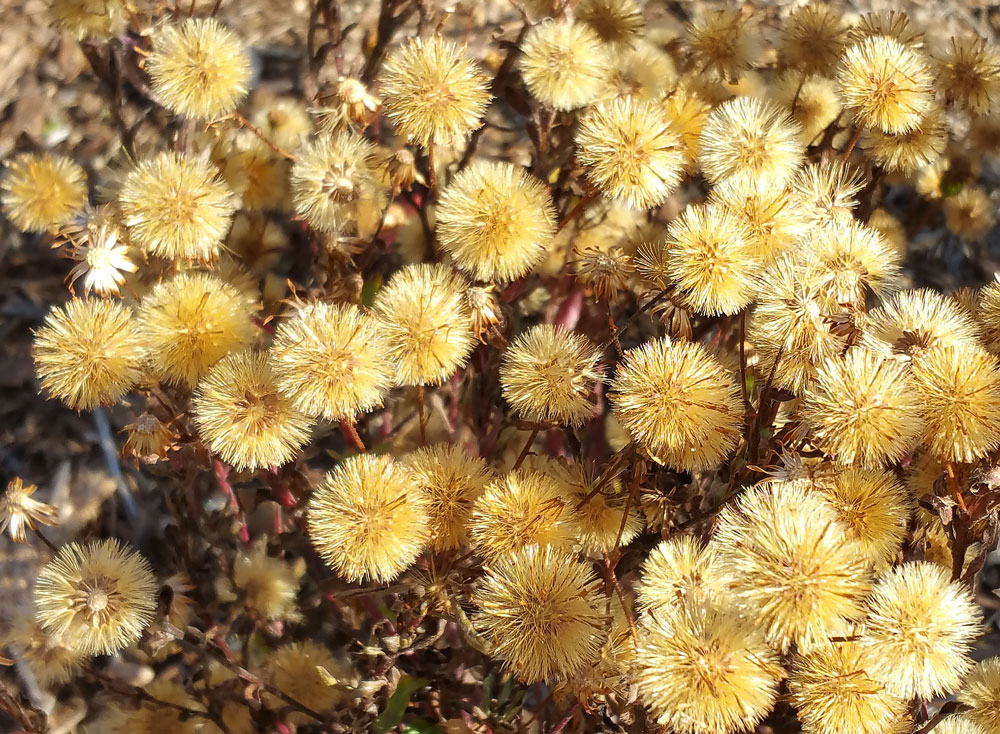
The late November chubby seedheads of Maryland golden aster (Chrysopis mariana) are as golden as the blooms!



